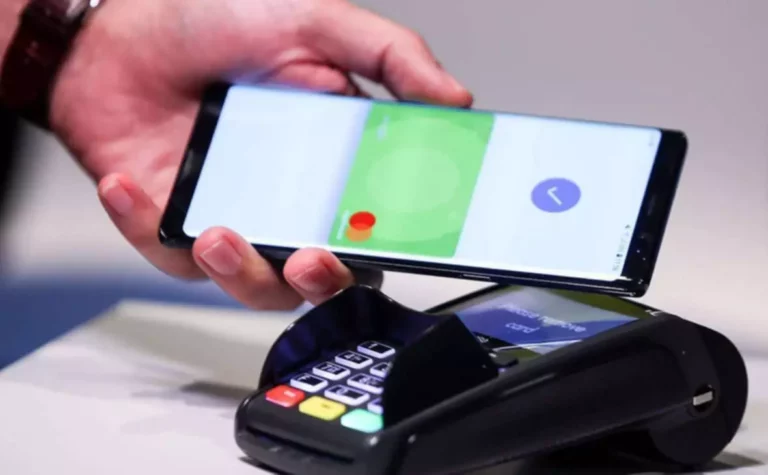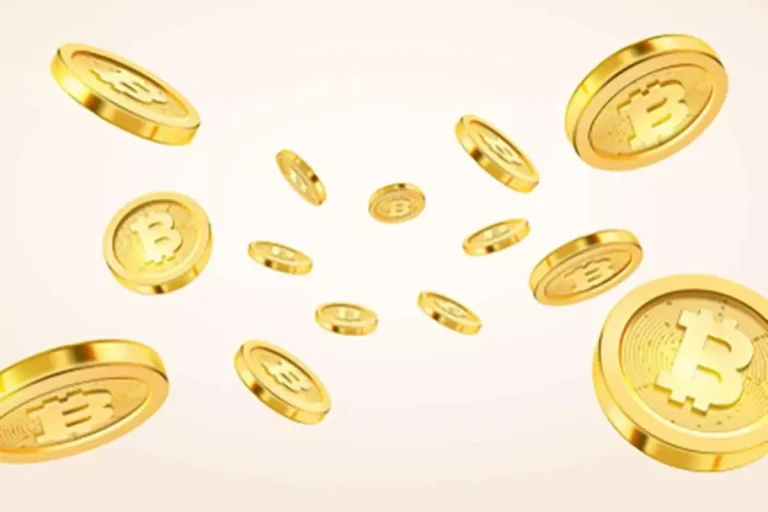Proof of burn is a consensus mechanism that requires miners to burn a set amount of coins in their personal possession to gain access to mine a block. By fronting a specified amount, a miner is then compensated with a block reward for verifying the transaction. With proof of burn, crypto miners need to burn their own tokens to earn the right to mine new blocks of transactions. In return, participants receive rewards in the cryptocurrency they’re mining. A stock buyback is when the company that issued the stock buys shares back at the market price and reabsorbs them, reducing the number of total shares in the market.

Typically, burning coins is a long-term process, not something that would dramatically increase the price with a single burn. “The primary objective of coin burn is to regulate the supply and thereby stabilize the price. The process is similar to demonetisation of currency or buy-back of https://www.xcritical.com/ shares. On June 25th Infosys Ltd. announced the buy-back 1.084 million shares. The objective here was to reduce the supply of Infosys shares traded in the stock markets. The earnings per share (EPS) of Infosys after the buy-back will increase which will in turn increase the share price.
How Do You Burn Cryptocurrency Tokens?
Coin burning is an intentional and permanent removal of coins or tokens from the cryptocurrency‘s total circulating supply by sending them to a burn address permanently so that they cannot be retrieved. Reducing the number of coins or tokens in circulation is deflationary to the overall fixed supply, as no more are created after the total is reached. Cryptocurrency burning, also known as coin burn is a process where users remove tokens from circulation, effectively reducing their availability.
Coin burning acts as natural mechanism to safeguard against Distributed Denial of Service Attack (DDOS) and prevent spam transactions from clogging the network. The same way how users pay a small fee for sending Bitcoin (BTC) or pay gas for smart contract computations in the Ethereum blockchain, coin burning creates a cost for executing a transaction. Instead of paying fees to miners to validate transactions, some projects have integrated a burning mechanism where a portion of the amount sent is automatically burnt. Ethereum (ETH) began burning a portion of each transaction fee in August 2021. This token burn is a built-in component of the London Hard Fork’s Ethereum Improvement Proposal (EIP-1559) protocol. Another large market cap cryptocurrency burning coins is Binance (BNB).
Guide to Coin Burning: What is Coin Burn and How Does it Work?
In other words, coin burn is a process of destroying the coin so that it is not available for further use (trading or otherwise). The developers and miners will send the coins to the specialised addresses whose private keys are not accessible. Further, they should provide the proof-of-burn algorithm to the market to facilitate cross verification. what does it mean to burn crypto Shiba Inu is a meme-inspired cryptocurrency that saw a significant reduction in the number of tokens in circulation in May 2023, when 3,034,309,519 SHIB were removed from circulation in a single day. This token burn event contributed to the increased scarcity of the cryptocurrency and its potential for a significant price increase in the future.

Projects actively managing token supply and combating inflation demonstrate their dedication to preserving investor value and bolstering investor confidence. Cryptocurrency burns are vital in curbing inflation by shrinking the overall token supply. Left unchecked, inflation can gnaw away at token value and destabilize prices. All cryptocurrencies can be sent to a burn address, which means it’s possible to burn cryptocurrency with any of them. • Coin burning may enhance a crypto’s value by limiting the supply. An uptick in price isn’t guaranteed from a coin burn, but it has happened — although a drop can also follow.
What Are the Limitations of Coin Burning?
Who would have guessed that the crypto universe contains black holes? A crypto wallet that accepts coin or token deposits but is otherwise inaccessible is a black hole’s digital equivalent. You might be asking yourself why someone would send cryptocurrency to a wallet that only accepts deposits. The main reason why coins are burnt is that they encourage long time commitment and time of project. Hence, enabling a greater price stability for coins, as long time investors do not wish to sell or spend their coins. In this, rather than return it to its original owners, it goes to those who lost it in unintentional transactions.
- This is because fewer coins are available for purchase, which can create a sense of urgency among investors looking to acquire the asset.
- So when a user is ready to reclaim their Solana tokens, the mSOL must be burned in order to maintain an accurate circulation number of mSOL to SOL in the protocol.
- However, in 2021, Buterin burnt 90% of his tokens and donated the remaining to charity, citing that he did not want to become “the locus of power”.
- In effect, a coin burn locks away the crypto and throws away the key.
One example might be the deliberate destruction of unsold ICO tokens. The creators of a new project might have created X number of coins hoping to sell them all, but failed to meet this objective. In such a scenario, the developers could choose to burn the excess coins to maintain a specific level of supply. • Using proof-of-burn as a consensus mechanism is a low-energy way to validate transactions and create new coins, while keeping the supply in balance.
What Is Crypto Burning?
Overall, coin burning has a positive effect on the particular project’s blockchain and will continue to do so, except when it doesn’t price people out of the cryptocurrency. In the right hands of those teams and individuals that create cryptos, it can help immensely. They receive one for every Solana token, known as SOL, staked, or locked up, through Marinade’s platform. On Solana’s blockchain, these liquid staked tokens managed via Marinade show up as mSOL.

SHIB launched in August 2020 on the Ethereum blockchain with a maximum supply of one quadrillion. The project’s anonymous developers sent 50% of the supply – 500 trillion tokens – the public wallet key of Ethereum co-founder Vitalik Buterin. However, Buterin burned 40% of the supply, as he did not want the responsibility of holding such a large supply of tokens from another project. Algorithmic stablecoins automatically create new coins and burn them to maintain their pegging, such as to the U.S. dollar (USD). For instance, if demand for the stablecoin rises and the price moves above the dollar peg, the smart contract automatically issues new tokens to increase supply and bring the price back down.


